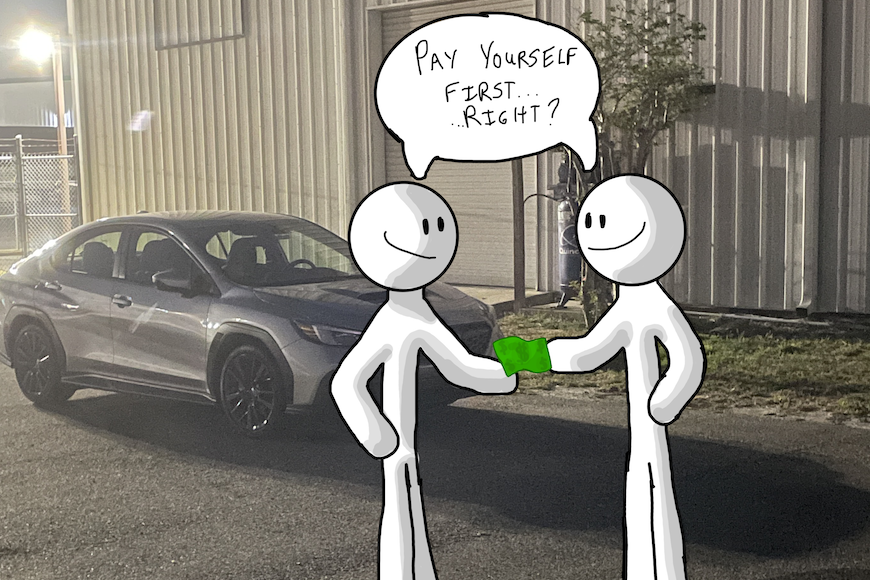If you’ve felt the pain of inflation at the gas pump or the checkout line at the market, you’re not alone. Inflation has reared its ugly head and is at its highest level in over 40 years, affecting everyone from the teenager cautiously spending their allowance to the senior struggling to get by on a fixed income.
To combat rising inflation, the Federal Reserve has raised interest rates four times so far in 2022. While there is no guarantee that raising rates will cool off inflation and avert the recession over 70% of Americans believe has already arrived, it has already had some positive effects.

If you’ve felt the pain of inflation at the gas pump or the checkout line at the market, you’re not alone. Inflation has reared its ugly head and is at its highest level in over 40 years, affecting everyone from the teenager cautiously spending their allowance to the senior struggling to get by on a fixed income.
To combat rising inflation, the Federal Reserve has raised interest rates four times so far in 2022. While there is no guarantee that raising rates will cool off inflation and avert the recession over 70% of Americans believe has already arrived, it has already had some positive effects.
Rising interest rates is not all bad news.
The first thing that most people think of when they hear that interest rates have been raised is their debt. They know they’re going to feel the pinch of the higher interest rate they’ll be paying on their credit card debt, the vehicle loan they’ll be taking out, or the fixed-rate mortgage they hope to be approved for.
But there is one group that sees the glass being half-full when the Fed raises interest rates – savers. After a rate increase, they know financial institutions tend to pay higher interest on high-yield savings accounts, money market accounts, and certificates of deposit (CDs) to stay competitive and attract depositors.
Why do banks pay more interest when interest rates go up?
Banks reap large profits when they can pay a saver 2% interest for money kept in a high-yield savings account, lend that money for a used car loan, and collect 10% interest from the borrower.
How many times per day would you hand someone a $10 bill to receive back a $50 bill? The answer – as many as possible- which is similar to receiving five times the interest from the borrower as you pay out to the depositor.
Bear in mind that not all banks are working hard to capture your savings dollars and lend them out with terms that are so profitable. Brick and mortar banks (Bank of America, Wells Fargo, etc.) are likely to offer savers a low rate of 0.01 percent, compared to online banks (Ally, SoFi, etc.) paying a rate of 2.00 percent – or 200 times more.

With 9% inflation, is earning 2% interest on a savings account worth it?
In a word – “yes.”
Every adult needs to have an “emergency fund” in place – it’s an important part of the foundation of any financial plan. Unfortunately, most Americans aren’t very good at saving for emergencies – just 39% of Americans could pay for a $1,000 unexpected expense out of savings. The rest must resort to paying with a high-interest rate credit card or borrowing the money from someone.
The pandemic has taught some very important financial lessons, and one is to be prepared financially for the unexpected. Financial experts advise having 3-6 months of earnings in a savings or money market account that is easily accessible in an emergency.
Your emergency fund can pay for a one-time emergency like a blown transmission on your car or replacing a washing machine that has cleaned its last load. Your fund can also help during long-term financial challenges, like helping to pay rent and other living expenses during a period of disability or unemployment.
Will the Fed keep raising interest rates?
According to recent remarks by Federal Reserve Chair Jerome Powell, there will be further rate increases to cause a “period of growth below potential,” meaning the Fed wants to cool off the economy even further to cut back inflation.
Continually rising interest rates initiated by the Fed means savings account, CD, and money market yields will also continue to rise, making this an opportune time for savers to take advantage of institutional rates that could top 3 percent.




